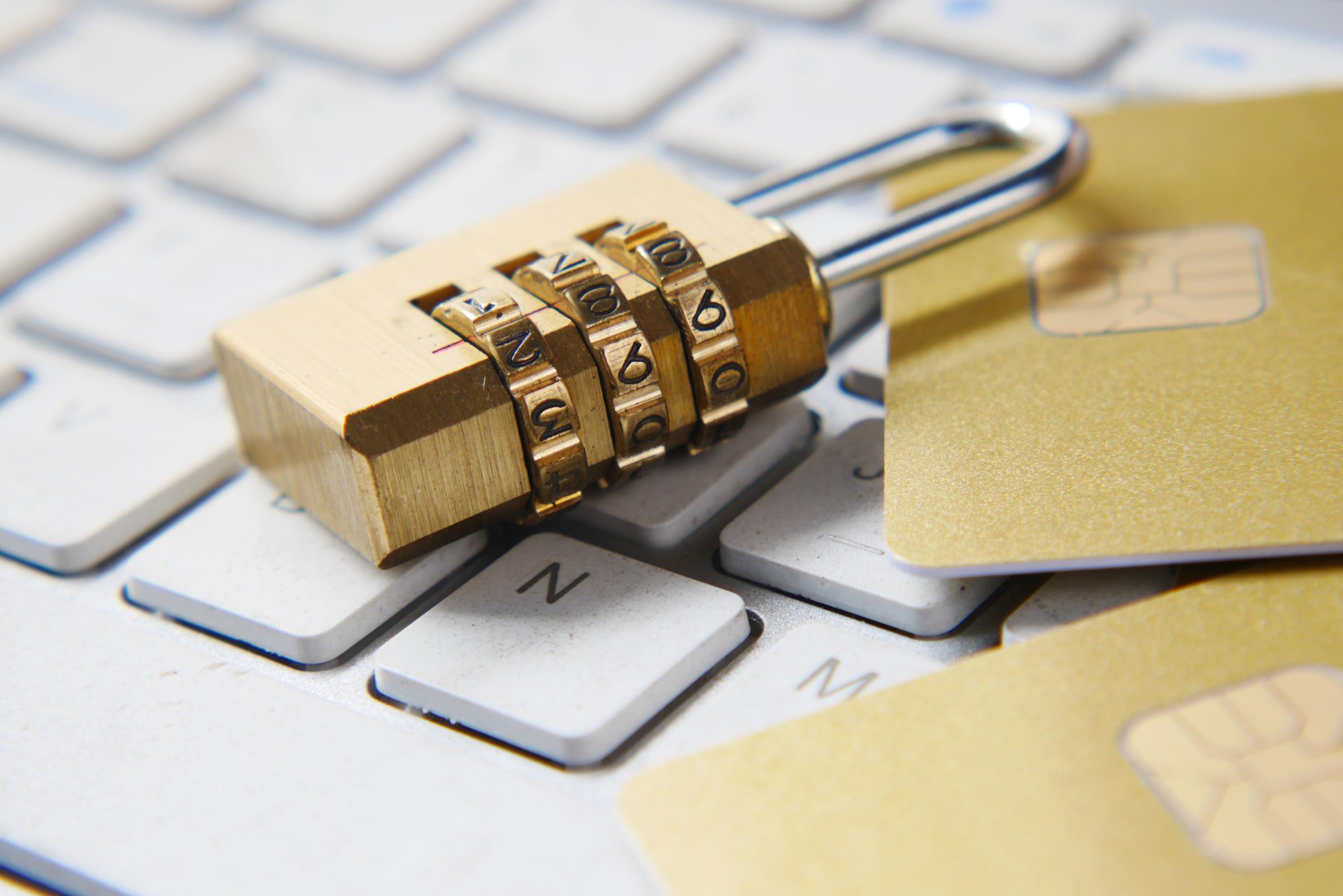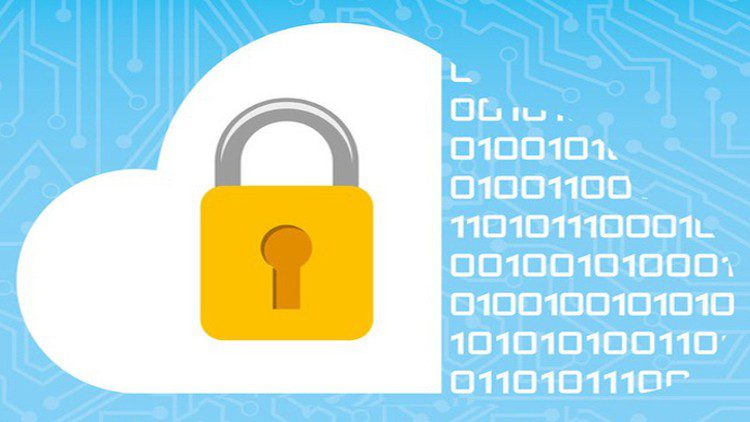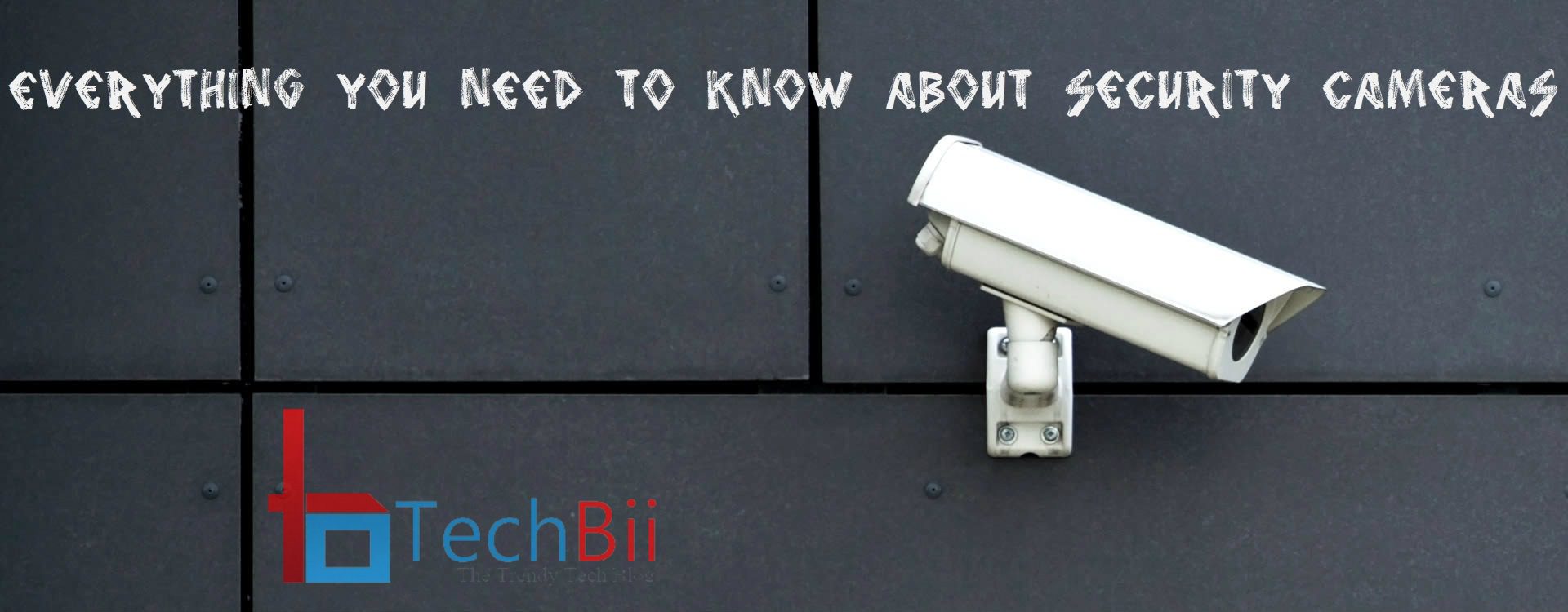
For most things in life, training is the best way to get better at something. Cybersecurity is no exception. There’s been a rise in cybercrime over the past few years, which has coincided with people spending more time online than ever — a fact that hasn’t been lost on hackers.
To make sure you’re protecting yourself and keeping your data safe, it’s time to break any bad cybersecurity habits and learn the best practices. Whenever we need cybersecurity advice, we turn to the experts at ESET. Here, they walk us through 5 things we shouldn’t be doing while we’re on our devices, and why.
#1 Skipping software updates
If you’ve installed a premium antivirus and anti-malware software, you’re on the right track! But if you often say “no” to software updates, you’re missing out on a lot of the benefits.
The best software programs monitor and respond to threats in real-time, but to do that, they need to be equipped with information. Manufacturers are constantly releasing patches to fix flaws and address new viruses, which is why those notifications pop up so frequently. It’s really important to accept software updates as soon as possible — and the good news is, they’re usually done by the time you get back to your desk with a fresh cup of coffee or tea! By staying on top of software updates, your devices will have the strongest possible protections in place.
Top tip: Every device has an operating system (OS), which helps your computer, tablet or smartphone run smoothly and manages systems like memory and hardware. The companies behind these operating systems — like macOS and Microsoft Windows — also always update their software, so it’s essential to keep up with those updates, too. One of our top cybersecurity tips is to switch on auto-updates in your device’s settings. That way, you’ll never miss one.
#2 Recycling passwords and choosing easy-to-guess passwords
Between our work and personal lives, most of us are logging in and out of accounts all day. Email, cloud systems, social media, banking — the list goes on. As tempting as it is to reuse the same password for more than one account, this is poor password hygiene. Why? Because while this might make it easier for you to remember passwords, it makes hackers’ jobs easier in return. All they have to do is crack one password to tap into multiple accounts and gain access to a treasure trove of personal, sensitive, and financial data.
Cybersecurity awareness is first, and taking action is second. Aim to create a unique, complex password for every single account you use. Each password should contain at least 12 characters, and a mix of uppercase and lowercase letters, numbers, and symbols. Try to use sentences or phrases instead of simple words, and avoid any identifying details, like your street, child’s, or pet’s name. (Unfortunately, many people share this kind of information on public social media profiles, and hackers often harness this to guess passwords.)
Once you have strong passwords, set a reminder to change them regularly, like every three months.
Top tip: Don’t worry, there’s no need to memorise all those passwords. A password manager is a great investment. It acts like a vault, storing and encrypting passwords for you. It also notifies you if any are compromised in a data breach so you can change them ASAP.
#3 Using public WiFi networks without extra protection
In some situations, hopping onto a public WiFi network makes the most sense, like when you’re at an airport or co-working space and don’t want to use up all your data. While these networks come in handy, jumping onto one without taking cybersecurity into consideration is like leaving the door open to hackers.
To protect your privacy and any data you access while you’re online, connect to a Virtual Private Network (VPN) before using public WiFi. VPNs secure WiFi networks, encrypt your data, and hide your IP address so you can browse the internet anonymously. You can use a VPN on desktop and mobile devices, and they require an easy, one-time setup.
#4 Taking the bait with phishing attempts
Whether we realise it or not, many of us are on autopilot when we’re using email or other messaging platforms. It’s natural to think without clicking to check out links or download attachments. The problem is that phishing scams are on the rise, and cybercriminals are taking advantage of distracted scrolling as well as the sheer amount of time we’re all spending online these days.
With phishing attempts, hackers embed malicious code into emails and social media messages with the goal of getting you to click on a link or file. When you do, the code infects your device with malware or other viruses. In many cases, phishing scams look like they’ve been sent from reputable companies, like banks or medical facilities, with familiar logos and content.
That’s where training your eye comes in. There are a few red flags to look out for, so treat an email as suspicious if:
- It has typos in the subject line or body of the message.
- It contains spelling errors or odd turns of phrases.
- It was sent from an address that doesn’t match the company’s URL or an address with lots of numbers or special characters.
- It asks you for sensitive information, like a credit card number. Trustworthy companies will never request those kinds of details via email.
- It features unsolicited links or attachments. If you hover over the link and see a strange URL or file type (like .exe), treat the email with caution. Then, check whether the link begins with https:// — the “s” stands for “secure,” which means you’re accessing the site with the help of Secure Socket Layer (SSL) technology.
If you suspect you’ve received a phishing email, avoid replying or clicking on anything. Mark it as spam so you don’t see similar scams in your inbox.
#5 Failing to back up your data
Backing up your data regularly is a key part of cybersecurity. That way, if you fall victim to a malware attack or server crash, you’ll be able to quickly recover lost or corrupted data and reduce the impact of a breach, which can be devastating. If possible, maintain two encrypted backups: one on an external hard drive or flash drive, and another on the cloud.
Tighten your personal cyber security with ESET
Protect yourself at home with good home internet security software, like ESET Internet Security. It offers a multi-layered defense against a range of cyber threats, including malware, ransomware, and spyware. It scans your router for vulnerabilities, assesses any devices trying to use your WiFi network, and blocks offensive content.








